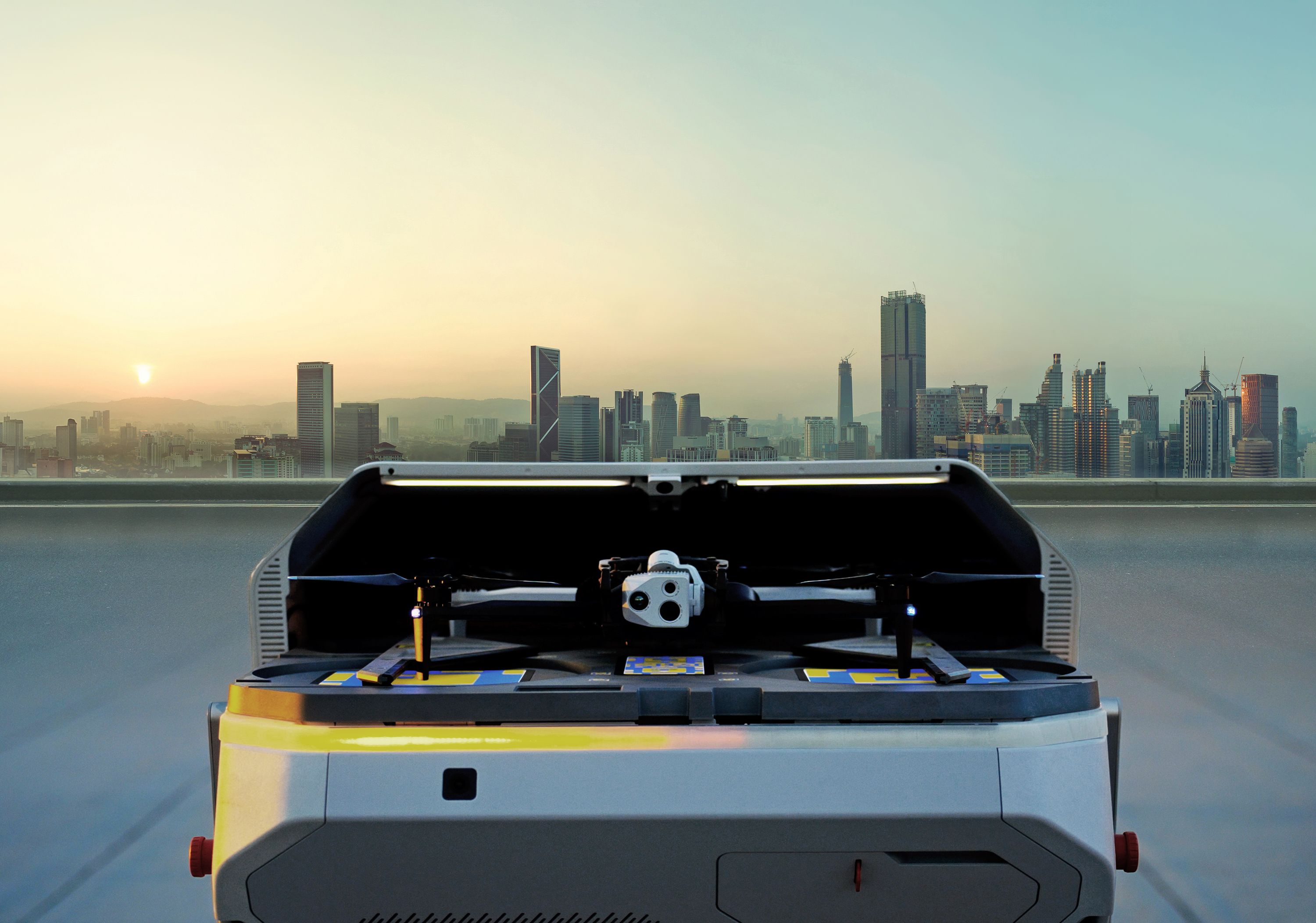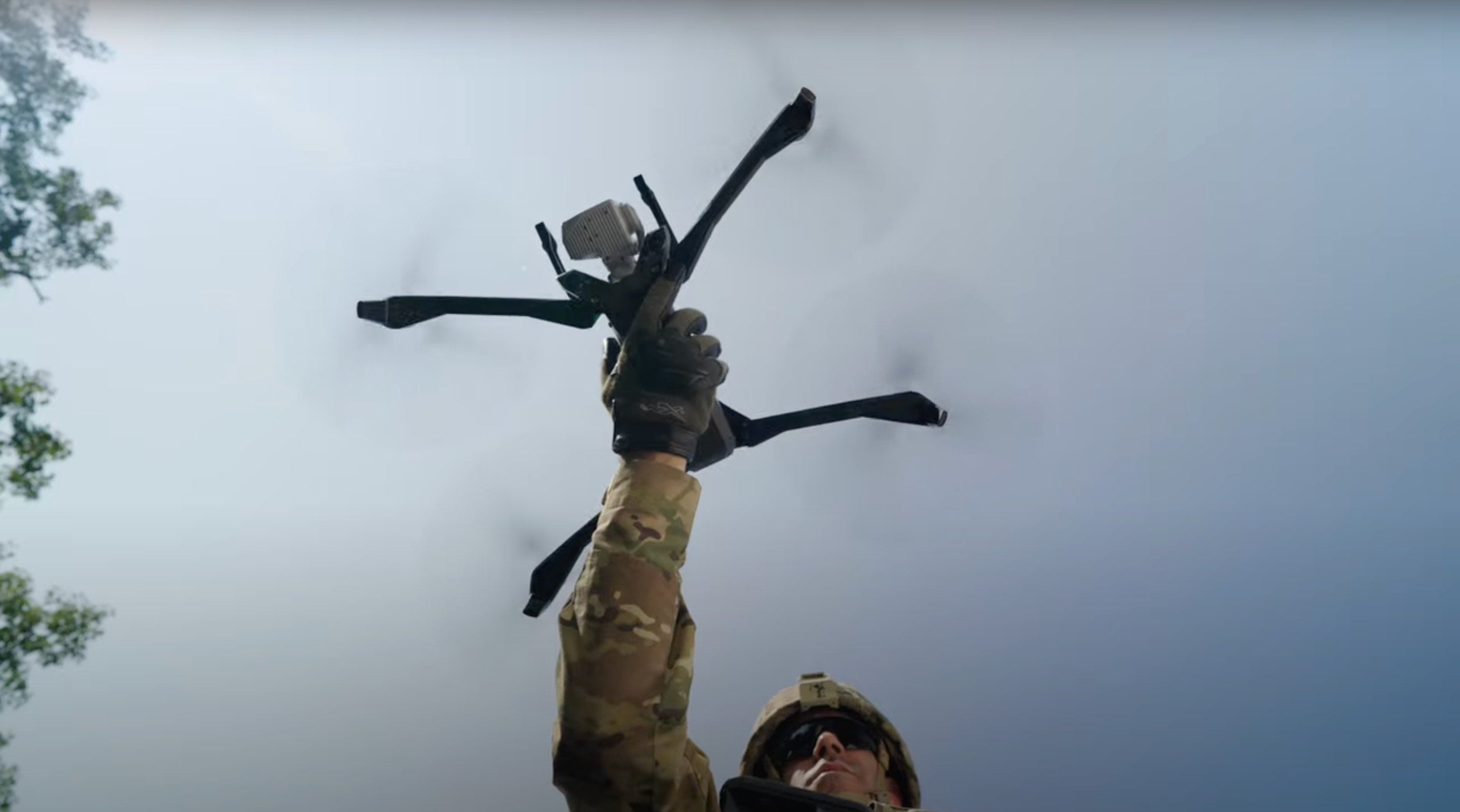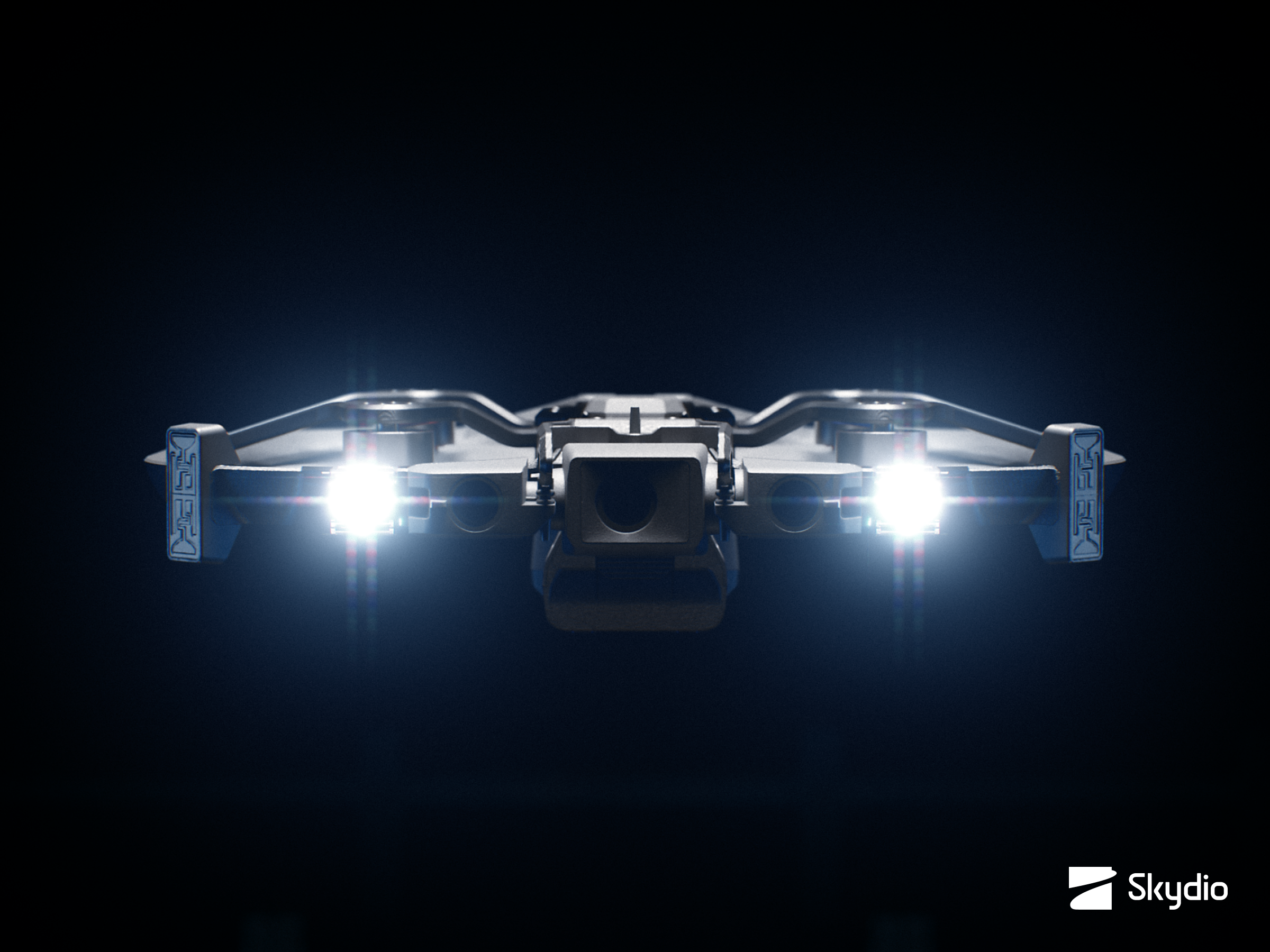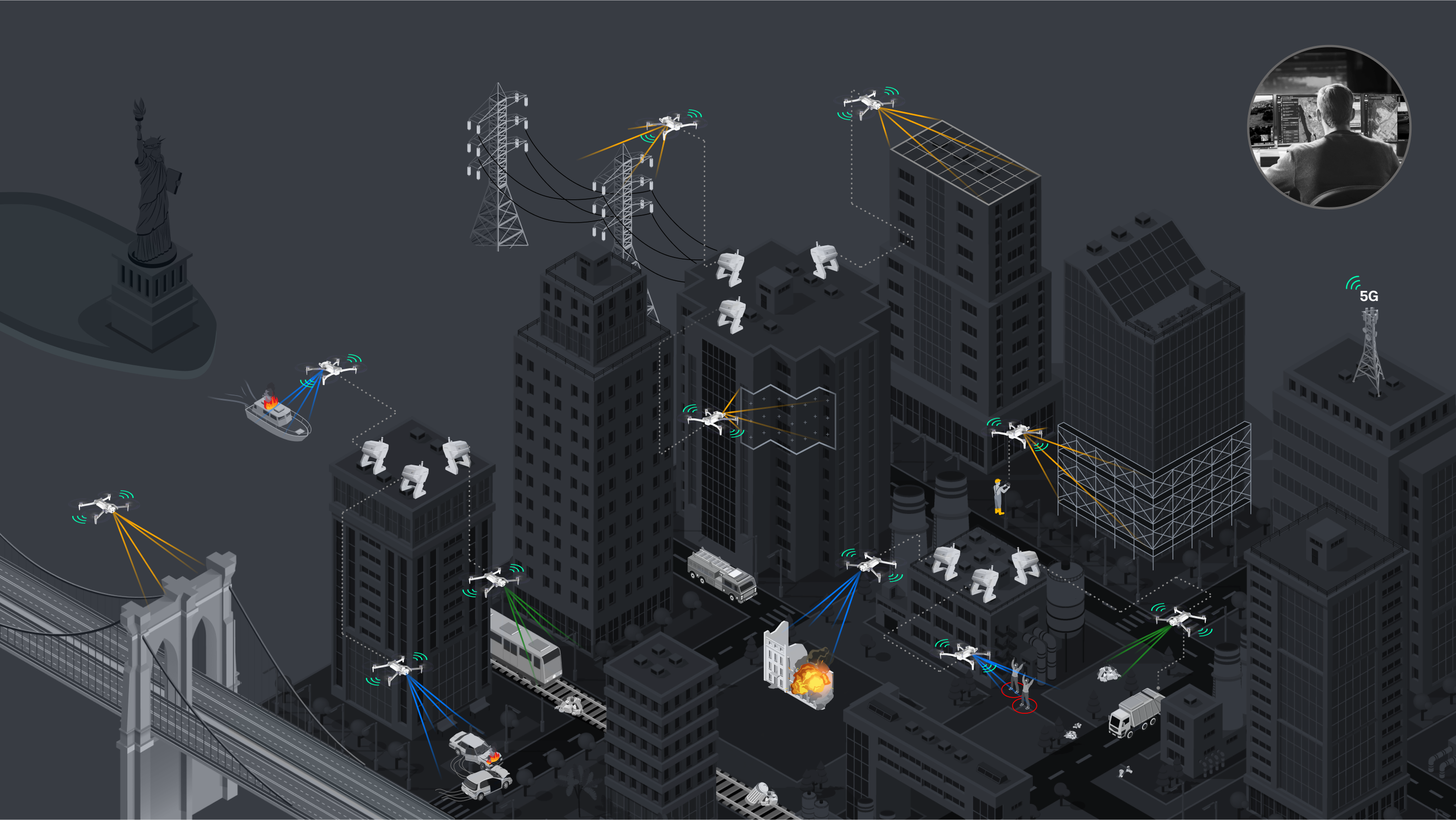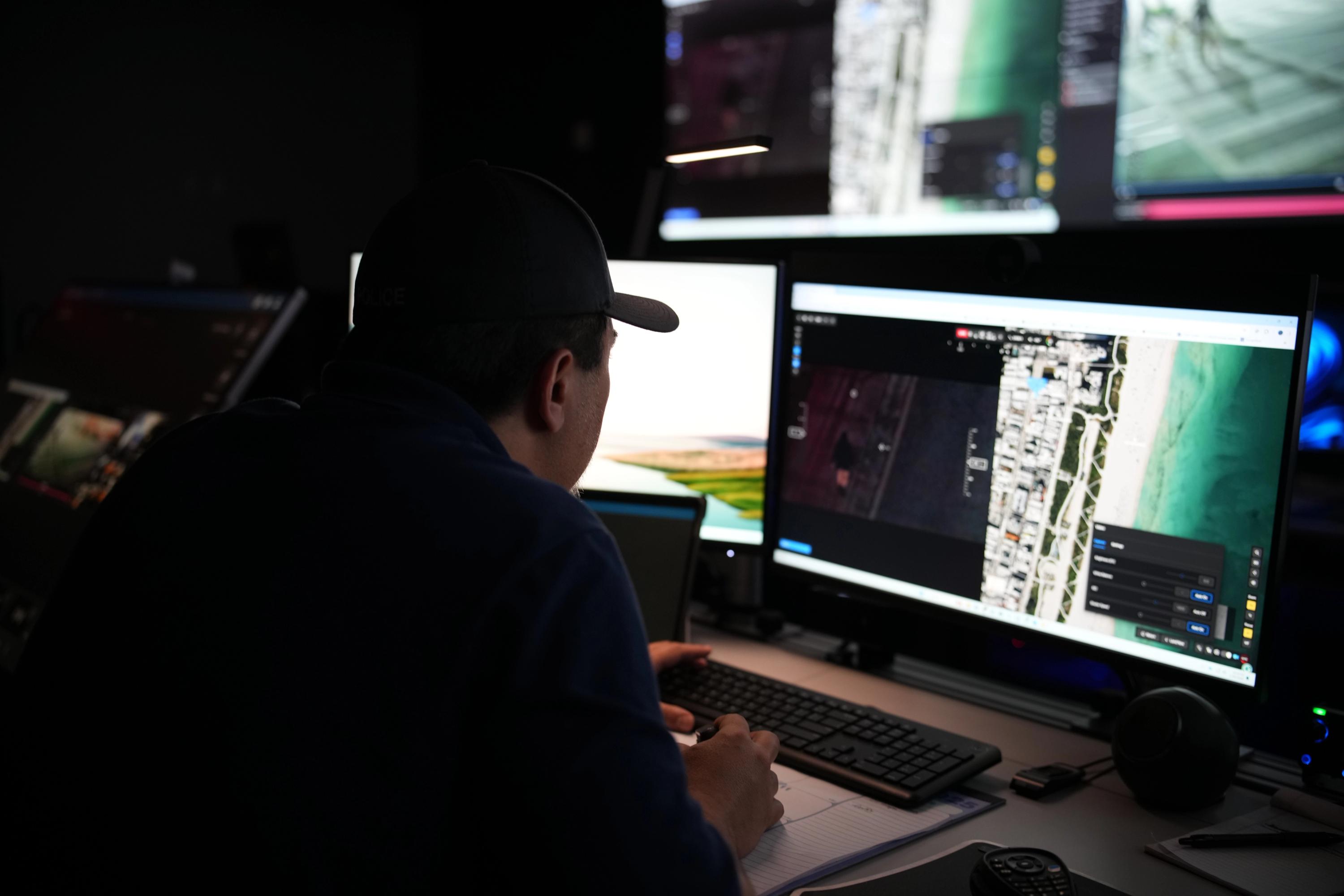Elevating First Response: Skydio and Axon’s Integrated Approach to Drone as First Responder Programs
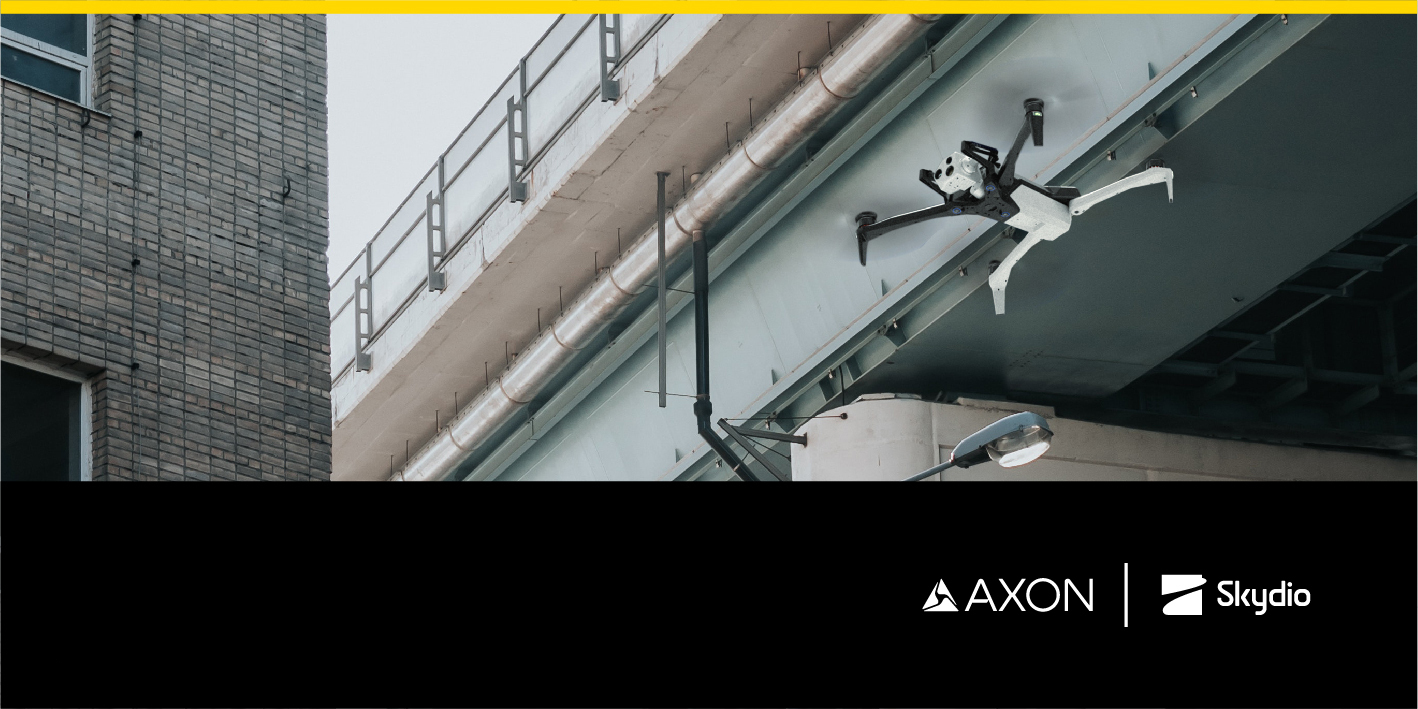
Elevating First Response: Skydio and Axon’s Integrated Approach to Drone as First Responder Programs
In the ever-evolving landscape of public safety, technological advancements are essential to improving the efficiency and effectiveness of emergency response. A groundbreaking alliance between Skydio and Axon is revolutionizing how public safety agencies operate, bringing powerful situational awareness into every relevant response with Drone as First Responder (DFR) programs. This collaboration combines Axon's expertise in real-time operations and evidence management with Skydio's advanced autonomous drone technology for first responders. Together, they offer a comprehensive solution that simplifies the integration and scaling of DFR programs, ensuring better community outcomes and increased safety for first responders.
The importance of drones for policing and first response
DFR programs are rapidly changing calls for service response in public safety, providing real-time situational awareness and unmatched perspectives when and where they are needed most. Deploying drones within seconds of an incident from patrol vehicles or pre-positioned docks reduces response times, enables better decision-making, and improves overall operational efficiency. Drones can quickly provide aerial views of incidents, allowing first responders to assess situations before arriving on the scene. This keeps officers safer by reducing their exposure to potential dangers and improves resource allocation and call prioritization, leading to more effective incident management.
The use of drones in public safety can reduce use of force and officer-involved shooting incidents. Drones help officers de-escalate situations and respond more appropriately by providing clear, real-time information.
“ "When someone is in distress or needs assistance, our drones are first responders. They can get out there with our cops and give us an eye in the sky of that perfect perspective."
Today's DFR landscape is a Frankenstein of different technologies and vendors
A key inhibitor to technology adoption is simply the complexity involved in getting all the pieces to work together. Early programs have procured hardware from one vendor, hardware training from another, flight control software from another, a transparency portal from another, regulatory support from another, software integration support from another, and sometimes even hiring pilots from yet another vendor. And who is on the hook to make it work? The public safety agency – personnel need to focus their time on keeping the community safe, not on trying to become expert drone technology system integrators.
Skydio + Axon: A single solution for your DFR program
The expanded alliance between Skydio and Axon addresses the complexities of implementing a DFR program by offering a fully-integrated solution. This dedicated partnership will also incorporate body-worn cameras and fleet vehicle locations so Skydio drones can autonomously fly to the location of an officer in need. The combined solution reflects all of what is needed to successfully deploy DFR, from program development to ongoing incident response and systematic program reporting.
Drone as First Responder program development
Developing your DFR program requires a combination of the following, which is now possible with Skydio and Axon:
- Community engagement and policy creation through Skydio- and Axon-suggested best practices for community outreach and policies to ensure public trust and transparency.
- Selection and enablement of personnel which identifies the team responsible for managing and operating the DFR program, then trains that team on technology use, standard operating procedures (SOPs) and protocols.
- Regulatory compliance to meet FAA regulations, obtain necessary waivers and authorization, and adhere to relevant NDAA security requirements will be supported by Skydio- and Axon-provided experts in this field.
- Choosing appropriate equipment to meet the needs of the jurisdiction’s ConOps and expected missions, with a deep roster of Skydio drones, docks, attachments and accessories.
- Development of a DFR pilot location by establishing centralized stations for remote drone operations such as the Real-Time Crime Center, Fusion Center, or Dispatch.
- Strategic implementation plan to place the deployment of drones in docks and/or patrol vehicles for rapid response, using a sophisticated simulation developed by Skydio to model maximum coverage for rapid incident response.
- Data Integration across systems comes standard as Skydio and Axon have pre-integrated their data systems for response initiation, real-time live streaming, and evidentiary capture.
Ongoing incident response with drones
With a program launched, the day-to-day execution of drone response includes:
- SOP definition for flight operations documents when, where, and how a drone can fly, including weather, time of day, distance, and flight time.
- Drone response Initiation SOPs define the initiation protocols for drone flights based on call types or automated alerts and are automatically executed with the integration between systems, such as Fusus by Axon, Skydio Remote Flight Deck, Axon Air, and more.
- Flight control software including Skydio Flight Deck and Remote Flight Deck for command and control of drone flight with autonomy capabilities to ease pilot cognitive burden.
- Detect-and-avoid capabilities establish mechanisms to avoid airspace conflicts and ensure safety. Dedrone, a partner within Axon’s ecosystem, brings powerful radar and counter-drone capabilities, which can pair with ADS-B In built into the Skydio X10 and Dock. This combination, coupled with onboard AI and Autonomy on the Skydio X10, ensures the greatest level of airspace safety in the market, making BVLOS flight a reality.
- Safety mechanisms for communication and GPS Signal Loss made possible by Skydio Autonomy ensures drones have safe return protocols in case of communication or GPS signal loss.
- Simplicity and speed of live drone streams are made available through the integration between Skydio and Fusus by Axon, making access quick and easy for all stakeholders to see exactly what the drone is capturing.
- Secure evidentiary capture is made possible with deep integration between Skydio and Axon Evidence so that post-flight evidence is collected while maintaining chain of custody and is ready to provide courtroom-ready deliverables.
Drone as First Responder Program management and reporting
Successful drone and DFR programs extend beyond field operations and include:
- Detailed accounting of flight logs and incident reports, which are critical for internal accountability and regulatory compliance, are automatically available through Axon Air with its deep integration with Skydio systems.
- Community reporting provides accessible online reports of flight locations, logs, and incident types for transparency to the public. This capability will be available from Skydio and Axon.
- Documentation of continued training and flight hours, found within Axon Air, helps maintain a proficient drone flight team. Keep records of ongoing pilot training and flight hours.
- Ongoing maintenance program, with guidance from Skydio, helps the team implement preventative maintenance procedures and run system diagnostics to ensure peak performance for all equipment.
“ "The ability for them to listen to what our needs are and bring those two disparate systems together with the end goal of making the agency successful has been absolutely amazing for us."
The path to DFR
As more agencies begin to implement drone programs, they are moving quickly from small, specialized units into drones for patrol operations, by way of Patrol-led deployment, Patrol-led DFR, and Dock-based DFR.
- Patrol-led DFR puts drones in the trunks of patrol vehicles and uses 5G cellular connectivity to enable remote officers at a command center to control the drones while the officers on the ground can focus on the task ahead of them.
- Dock-based DFR is a fully autonomous solution in which drones are dispatched from weatherproofed docking stations on rooftops upon the agency's command. For most incidents, dock-based drones can arrive on the scene in 90 seconds or less, providing invaluable real-time intelligence to responding officers well in advance of the arrival of ground units.
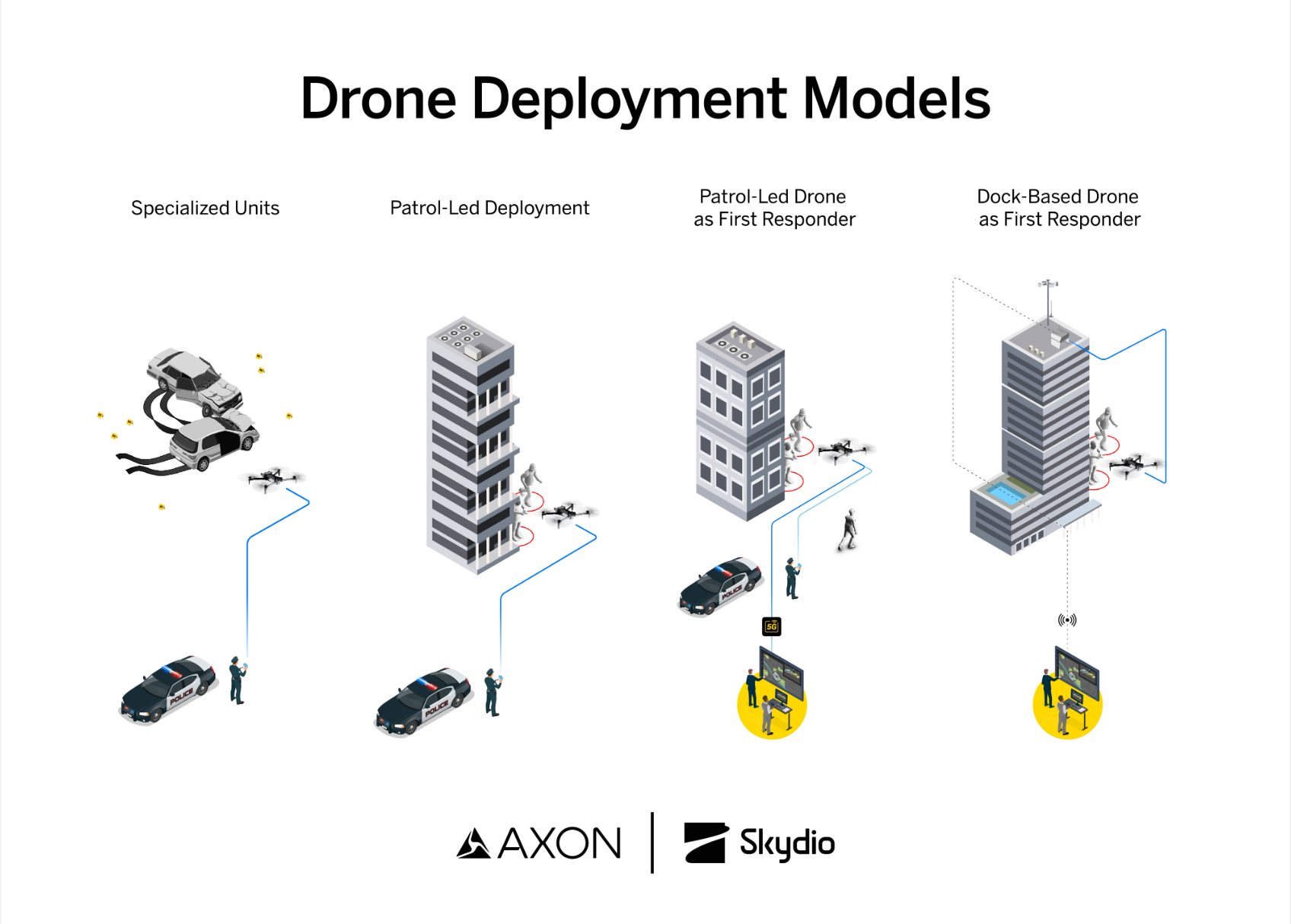
Regulatory support for scaling DFR programs
The historical use of DFR programs by agencies like the Chula Vista Police Department has paved the way for a new era of policing and demonstrated the value and efficacy of DFR. However, those programs are difficult and costly to scale when there is a need to place personnel on rooftops. The Skydio Regulatory Team is dedicated to unlocking new potential for DFR programs by obtaining groundbreaking FAA approvals. In 2020, they enabled the First Responder Tactical BVLOS waiver that more than 500 agencies have since received.
The First Responder BVLOS waiver has been obtained for additional agencies looking to scale their programs into Patrol-Led DFR. For example, the Oklahoma City Police Department worked with Skydio to enable remote pilots to sit in the comfort of an office during the Oklahoma State Fair. At the same time, the officers in the fairgrounds were the visual observers (VO) who kept an eye on airspace and surroundings.
Soon, operations will be conducted without VOs, allowing an agency to conduct dock-based DFR operations efficiently throughout a jurisdiction.
Building a stronger future
The expanded Skydio and Axon alliance marks a significant milestone in public safety, offering a transformative solution for emergency response. By combining our strengths, we are paving the way for a future where drones play a crucial role in protecting communities and ensuring the safety of first responders. With the right foundational building blocks and the support of these industry leaders, public safety agencies can seamlessly integrate and scale DFR programs, revolutionizing their operations and achieving better outcomes for all.
Want to hear more about Skydio + Axon and the future of public safety? Register here for a live talk with Adam Bry, CEO/co-founder of Skydio, and Rick Smith, CEO/founder of Axon.
